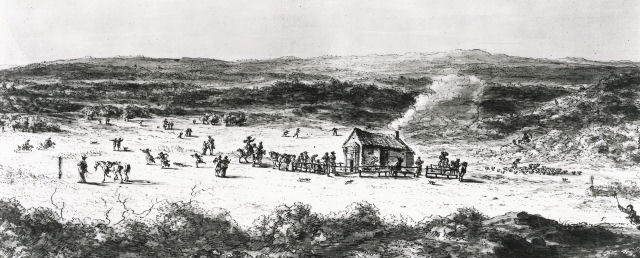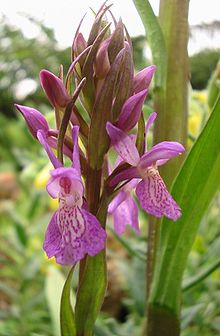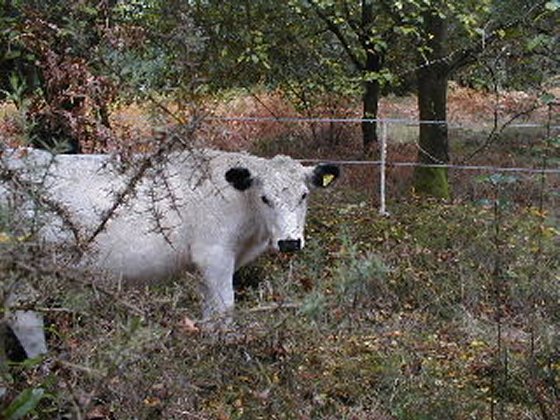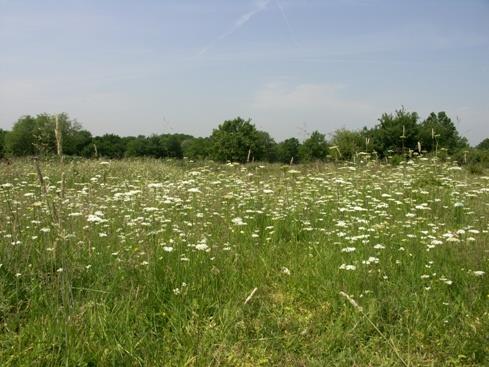People began to visit Epsom to take the waters; the Assembly Rooms, hotels and bars were built, and horse-racing began at Epsom to entertain the visitors in the afternoons. There were several springs, and the area was called The Wells, as it still is today. In 1621, an area of 450 yards diameter around the Well was cleared by the Lord of the Manor, and Commoners Rights on this were cancelled. Famous visitors to Epsom at that time included King Charles II, Samuel Pepys, John Constable, and later all the great names connected with horse racing. It was also believed that Nell Gwyn was from Epsom. The old well went dry in the 1740s, and was closed up and forgotten, and the Wells Estate was build in the 1930s on the previously enclosed land around the well. On old maps, a windmill is marked near to Wells Road, and there was a brickworks near to The Jolly Coopers public house. The railway to Leatherhead was built in 1854. Christ Church was consecrated in 1876 (being built following a donation of £8,000 by Elisabeth Trotter).
The Epsom Common Working Men's Club was founded in 1880, with the help of Mr Strange, then the Lord of the Manor. The Manor Hospital was the first of the local hospitals to open, in 1899, to the relief of many of the Commoners, for whom life was precarious and jobs scarce. Many of the houses within the area of Stamford Green and Woodlands Road seem to derive from squatter’s rights in Victorian times, and life was doubtless hard, with muddy roads and horse-drawn carts. The majority of people kept poultry, grew their own vegetables and were relatively healthy. The Hospital Clusters themselves were built because it was thought helpful to get the 'mentally handicapped' and the 'mentally disordered' people out of the dreadful conditions in the inner London slums, and out into ‘the good life’ of fresh air and exercise.
Epsom Common is now owned by Epsom and Ewell Borough Council and was bought for £4,000 in 1932, from Lady Henrietta Strange. In an attempt to grow crops to support the War effort - 144 acres of Epsom Common were ploughed during World War II, but the results were very poor. Grazing of the Common by the Commoners effectively stopped in the 1930s. There has since been a natural process of invasion by colonizing species, in the 'woodland progression' to scrub, then birch, then oak.
Today Epsom and Ewell Borough Council manages the Common to allow good public access whilst at the same time maintaining and improving the ecological diversity of the site.
The nature conservation value of Common is recognised by Natural England, the Government’s wildlife advisor who designated the Common a Site of Special Scientific Interest in 1955 and a Local Nature Reserve in 2001.









